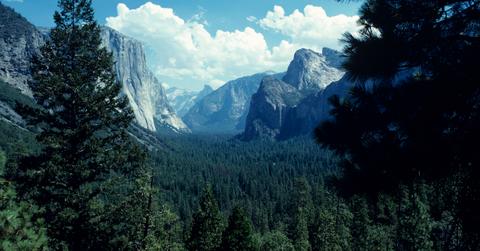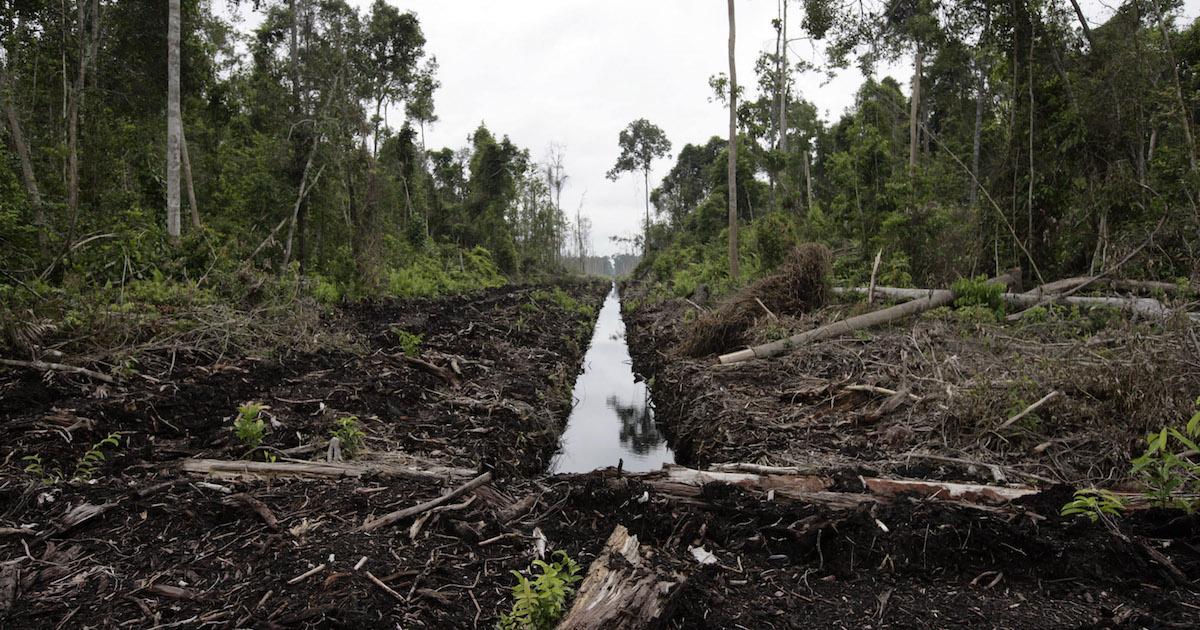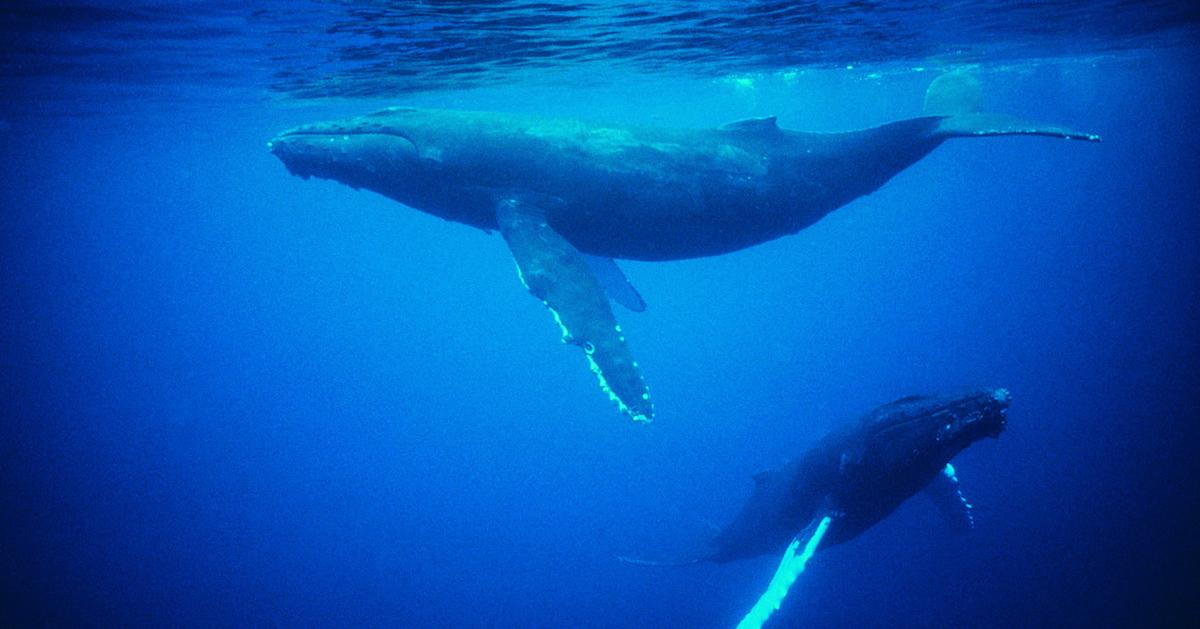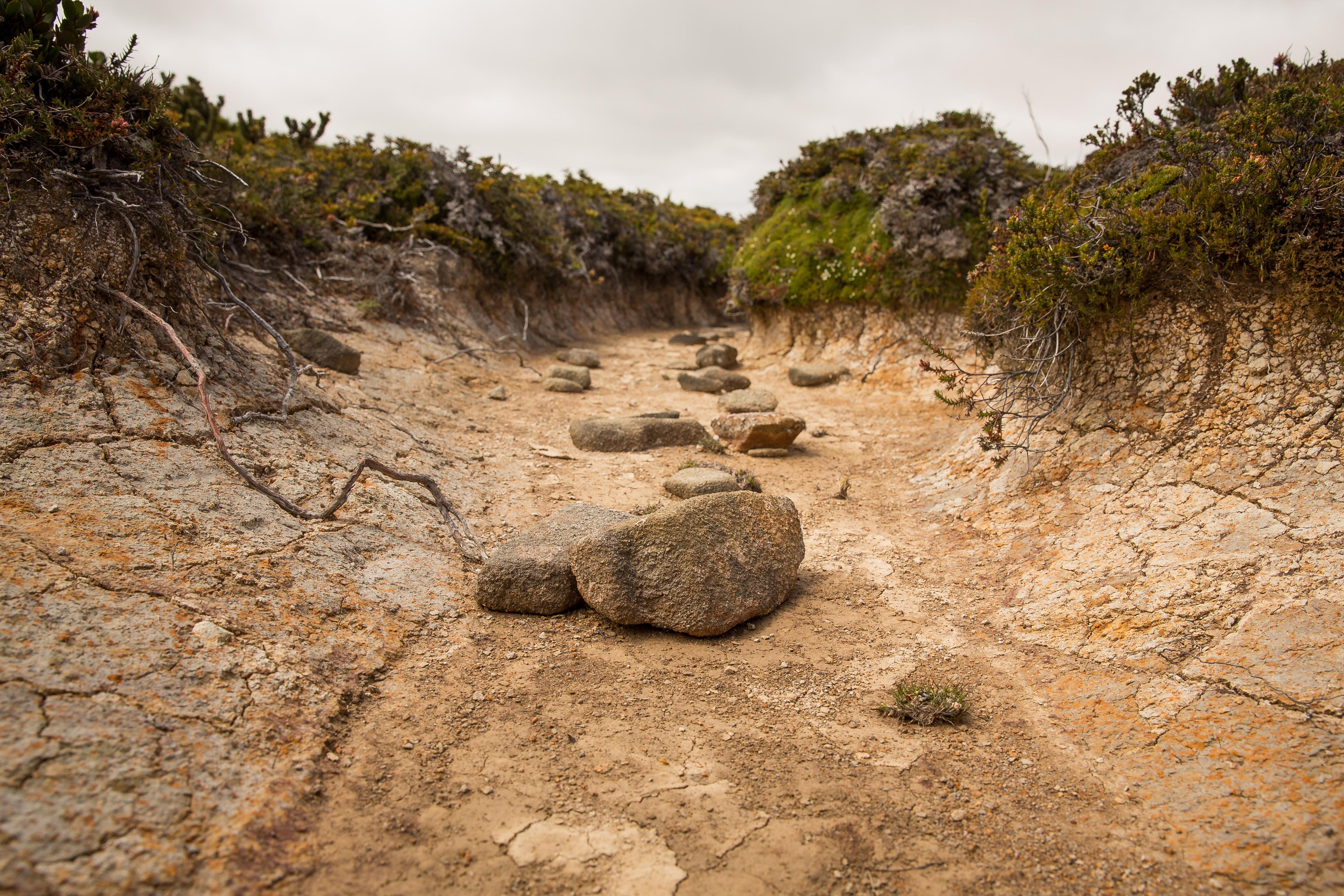Carbon Sinks Are Key in Slowing Climate Change — but We're Destroying Them
Published Nov. 3 2021, 2:24 p.m. ET

Carbon molecules are found in the bodies of all living things, in certain minerals, and even in the air we breathe. But carbon in the air appears as carbon dioxide (CO2), a compound that has been causing our climate quite a bit of trouble for some time now. Still, scientists believe that carbon sinks might hold the key to removing this excess carbon, thereby alleviating some of the pressure of climate change. The question is, are carbon sinks a viable solution to the problem?
What is a carbon sink? Here’s the definition:
Carbon is one of the most prevalent elements in our known universe and it’s an essential part of life on Earth. Unfortunately, excess carbon dioxide air molecules have been found to be one of the main causes of global heating and the climate crisis. Under normal circumstances, that excess carbon would come back to Earth and end up stored in rocks, in fossil fuels, and in carbon sinks such as the oceans or plants.
According to National Geographic, there are several places where carbon becomes stored when it comes down from the atmosphere. That carbon is absorbed by the oceans or stored in the soil and in plants, with trees and forests comprising some of the most commonly recognized carbon sinks.

What are the biggest carbon sinks on Earth?
According to Client Earth, the largest carbon sinks on our planet are the ocean, the soil, and forests. Forests absorb about 2.6 billion tons of CO2 every year. Unfortunately, deforestation is a huge threat to these necessary carbon sinks. The logging, agricultural, and animal farming industries eliminate a soccer stadium’s worth of forest every second, destroying our chance to store more carbon in the future.
Soil takes in about a quarter of humanity’s total emissions each year, and though most of that carbon winds up stored in permafrost and peatland, our current agricultural practices put enormous strain on this resource as well. Chemicals, soil erosion, and the ever-increasing demand for food are making Earth’s soils less effective at storing carbon.
The Earth’s oceans absorb a fair amount as well, and have taken in approximately a quarter of the CO2 released by humanity since the Industrial Revolution. Most of this is absorbed by phytoplankton, algae and bacteria-based microorganisms that absorb more carbon than all the plants on land. Unfortunately, global warming and plastic pollution pose tremendous dangers to these single-celled CO2 suckers.

Why are carbon sinks important?
According to Storm Lake, carbon sinks manage the amount of carbon in our atmosphere. Scientific studies have shown that CO2 and other greenhouse gases like methane are slowly causing global warming, which in turn melts polar ice caps and changes weather patterns. All of this together equates to a rate of climate change that is already altering life for people in many countries around the world.
Without carbon sinks, our climate becomes unstable, as it has done many times throughout Earth’s history. In the past, these bouts of instability have resulted in huge swings of temperature across the globe, many of which resulted in mass extinction. If our current rate of climate change is any indication, the mild but dangerous increase in global temperatures is only the beginning of our future problems.

What is the carbon cycle?
The carbon cycle is a scientific description of how plants absorb carbon, both above and below the sea. According to the National Oceanic and Atmospheric Association (NOAA), the carbon in our atmosphere is in a constant state of flux between the atmosphere itself and the living beings that dwell below it. Plants absorb CO2 from the atmosphere through photosynthesis, then release that same carbon into the soil as they die and decompose.
The decomposition process releases the carbon from the soil back into the atmosphere, and the carbon cycle begins anew. Some carbon gets stored in rocks, some, in the deep ocean, but it all gets stored somewhere along the way. The problem comes from excess carbon.
Normally, the cycle exists in a state of homeostasis, wherein everything is balanced. But events such as volcanic eruptions, fires, and the burning of fossil fuels release this stored carbon into the atmosphere faster than the carbon sinks can reintegrate it into the cycle. If we keep destroying or fouling our carbon sinks, the cycle breaks and our climate and civilization will be even more at risk than it already is.